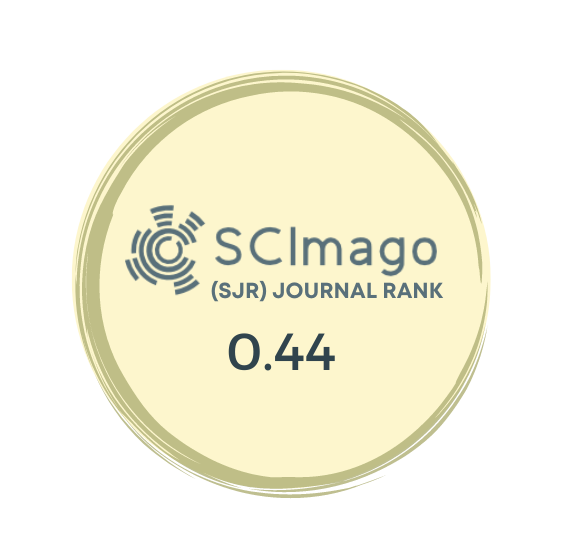Objective: To describe a clinical treatment algorithm for posterior ankle impingement (PAI) syndrome in professional football players.
Material and methods: A case series of 26 elite professional football players diagnosed and treated for posterior ankle impingement syndrome were included for the study. All of the athletes received conservative treatment with physical therapy modalities initially. If the first line medical treatment and rehabilitation was ineffective to alleviate the symptoms, ultrasound-guided corticosteroid injection was proposed and thereafter the patients underwent posterior ankle arthroscopy if the complaints are still unresolved. The pain scores (AOFAS, VAS), and time to return to play were the main outcome measures.
Results: The complaints of 18 (69.2%) players were subsided with non-surgical treatment whereas three of acute cases and five of the chronic cases did not respond to medical treatment and arthroscopic surgery was performed for eight athletes. Eighteen players returned to training for a mean time of 36.3 days (24e42 days) after conservative treatment. The patients who underwent arthroscopic surgery returned to training for a mean time of 49.8 days (42e56 days) after the surgery. All athletes returned to their previous level of competition after treatment without any complications or recurrence in a mean follow-up 36.5 months (19e77 months).
Conclusion: Non-surgical treatment modalities were effective in 2/3 of posterior ankle impingement syndrome in elite football players. On the other hand, posterior ankle arthroscopy is safe and effective treatment option for posterior ankle impingement syndrome if the conservative treatment fails.
Level of evidence: Level IV, Therapeutic study


.jpg)
.png)

.png)
